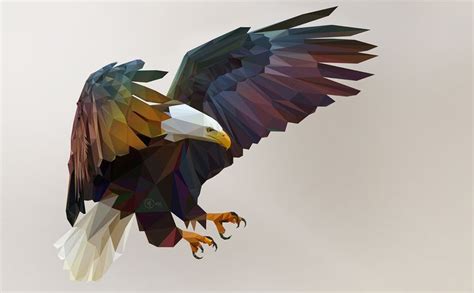What are polygons in EAGLE?
In EAGLE, a polygon is a closed shape consisting of straight line segments. Polygons are used to define the shape of copper areas, keepout areas, restrict areas and more in PCB layouts. They allow you to customize the shape and size of these elements.
Types of polygons in EAGLE
There are several types of polygons you can create in EAGLE:
| Polygon Type | Description |
|---|---|
| Copper | Defines areas of copper pour, e.g. ground planes |
| Keepout | Defines areas where components and traces are not allowed |
| Restrict | Defines areas with specific design rules, e.g. increased clearance |
| Cutout | Defines areas to be cut out from the PCB shape |
Creating polygons
To create a polygon in EAGLE:
- Select the appropriate layer for the polygon type
- Click the polygon tool
- Click to define the vertices of the polygon shape
- Right-click to close the polygon
You can edit polygons after creation by:
- Moving vertices
- Adding new vertices
- Deleting vertices
- Changing the layer
Best practices for using polygons
Keep polygons simple
While it’s possible to create very complex polygon shapes, it’s best to keep them relatively simple with a minimal number of vertices. Simpler shapes are easier to work with and modify. Complex shapes with many vertices can slow down rendering and cause issues with some PCB Manufacturers.
Use appropriate clearances
When creating copper pour polygons, make sure to set an appropriate clearance distance from traces and pads. The standard clearance is usually 10-15 mils, but this depends on your PCB manufacturer capabilities. Insufficient clearance can lead to short circuits.
Avoid acute angles
In general, avoid creating polygons with very acute angles (less than 45°). Many PCB manufacturers have trouble accurately reproducing acute angles, which can lead to Acid Traps and manufacturing defects. Use chamfered corners and filleted angles instead.
Use polygon cutouts sparingly
Polygon cutouts are useful for defining odd-shaped PCB outlines, but try to use them sparingly. Having too many cutouts can substantially increase manufacturing cost and lead time. When possible, use simple rectangular PCB shapes.
Advanced polygon techniques
Overlapping polygons
You can create overlapping polygons on different layers to define complex copper areas. For example, you could have an underlying ground plane on the bottom layer with smaller polygons on top to connect specific components. EAGLE will automatically calculate the combined shape.
Polygon unions and subtraction
EAGLE allows you to combine multiple polygons using Boolean operations. To do this:
- Create the polygons you want to combine
- Select all polygons
- Right-click and choose “Merge all polygons” for a union or “Subtract all polygons” for subtraction
This allows you to create more complex shapes out of simpler polygons.

FAQ
Can I create curved polygons in EAGLE?
No, EAGLE polygons can only consist of straight line segments. To approximate curves, you need to use many short segments.
What happens if I overlap polygons on the same layer?
If you overlap polygons on the same layer, EAGLE will treat them as a single combined shape. The overlapping area will be filled in.
Can I assign a polygon to multiple layers?
No, a polygon can only exist on a single layer. If you need the same shape on multiple layers, you need to create separate polygons on each layer.
How do I change the fill style of a polygon?
To change the fill style:
- Select the polygon
- Open the properties dialog
- Choose the desired fill style under “Fill Style”
Options include solid, hatch patterns, and custom images.
What’s the difference between keepout and restrict polygons?
Keepout polygons define areas where components and traces are not allowed at all. Restrict polygons allow components and traces but apply special design rules, e.g. increased clearance or trace width. Use keepouts to avoid areas entirely and restricts to flag areas needing special handling.
Conclusion
Polygons are a powerful tool in EAGLE for defining custom copper areas, keepouts, and board shapes. By following best practices like keeping shapes simple, using appropriate clearances, and avoiding acute angles, you can create manufacturable designs. Advanced techniques like overlapping and combining polygons provide even more flexibility.






Leave a Reply